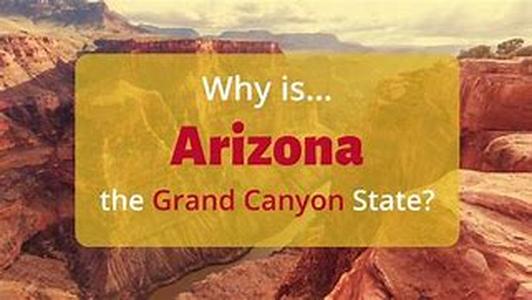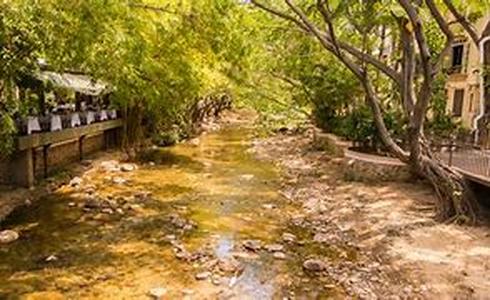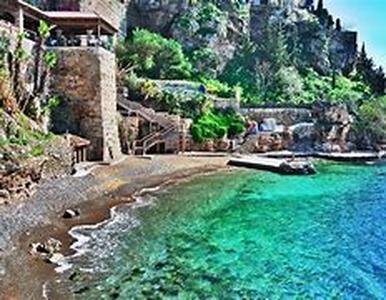
Regardless How Beautiful The Sights Are, If The Weather Does Not Permit A Guest To Even Stay Long Enough To Enjoy The Day Outdoors, It Wouldnt Serve To Be A Great Vacation Destination. Grand Canyon Weather Is Distinctly Different According To Its Three Zones. The South Rim, Which Is Around 7000 Feet Above Sea Level, Is Usually Pleasant Despite Being Arid, Even During The Peak Of The Summer Season. It Can However, Get Chilly During The Winter Months, And Sometimes Weather Conditions Can Be Very Extreme. Guests Who Wish To Visit The South Rim In The Winter Should Be Well Prepared For The Snow, Icy Trails, And The Possibility Of Road Closures. Even If The Roads Are Plowed When Necessary, Fogs Can Obscure Canyon Views Whenever There Is A Passing Storm. Guests Should Be Aware That The Park Does Not Refund Admission Fees Due To Bad Grand Canyon Weather Conditions.The North Rim Is Approximately 8000 Feet Above Sea Level. Because It Has A Higher Elevation Than The South Rim, Grand Canyon Weather At The North Rim Is A Cooler Version Of The Souths. Thunderstorms Are Most Likely To Occur In July Until The Early Part Pf September. Obviously, The Winter Season Means A More Severe Situation As Well. All Roads Are Closed From The Start Of Heavy Snow, Usually Happening Around The Middle Of October, Until They Have Melted, Which Takes Place Around The Middle Of May. The Inner Gorge Or Canyon Is Around 2000 Feet Above Sea Level. You Dont Have To Be An Einstein To Figure Out That The Grand Canyon Weather In This Zone Is Like That Of A Blazing Inferno. Temperatures At The Inner Gorge Are Usually Between 20-25 Degrees Higher Than Those Of The South And North Rims. If You Still Cant Imagine How Hot The Inner Gorge Can Be, Imagine Opening The Door Of A 500-degree-preheated Oven. The Heat That Greets You Is Equivalent To That Of The Inner Gorges During The Summer Season. Grand Canyon Weather During The Fall And Spring Seasons Is Mostly Unpredictable. Guests Who Choose To Visit Around These Times Should Be Wary Of Abrupt Weather Changes. Although Snowstorms Are Likely To Occur, May And October Are Considered To Be The Most Arid Months Of The Canyon. Most Rains Fall In July And August.Knowing When To Expect The Best Grand Canyon Weather Will Help Each Guest Make The Most Out Of His Vacation. After All, Hikes Are Difficult Enough Without Having To Suffer From Sun Stroke.





